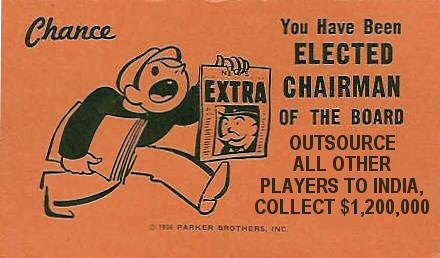 Last week's HBR Ideacast on Restoring American Competitiveness with Gary Pisano (based on the HBR article of the same name by Pisano and Willy Shih) immediately had me thinking about the system in which the world operates.
Last week's HBR Ideacast on Restoring American Competitiveness with Gary Pisano (based on the HBR article of the same name by Pisano and Willy Shih) immediately had me thinking about the system in which the world operates.
Decades of outsourcing manufacturing has left U.S. industry without the means to invent the next generation of high-tech products that are key to rebuilding its economy.
Pisano's basic argument is that innovation requires talented people both to execute against those innovations AND those same talented people need to be around to come up with the next idea to make things even better. This might be improved manufacturing capabilities, but it also might be improvements in the products. Without the manufacturing skills, the types of innovations possible shrink. With fewer innovations there are fewer things to manufacture - particularly the new things. This only serves to reinforce the idea of moving manufacturing of the "easy" stuff offshore. Which then reinforces the cycle.
The organization is a system. In fact, the whole supply chain is a system. If a piece of that system is taken away, then that system changes. In the examples Pisano cites in the podcast, there are many instances where the manufacturing capability is a required element of the ability to continually innovate for new products, processes and services. The beauty, of course, is that most organizations treat manufacturing and product development as wholly separate organizations. Different P&L's, different leadership, different mentalities. The mentality that looks on manufacturing as a cost center nearly always pushes for outsourcing.
[Artwork credit: "monopoly-outsource" by Scott Ingram Photography]